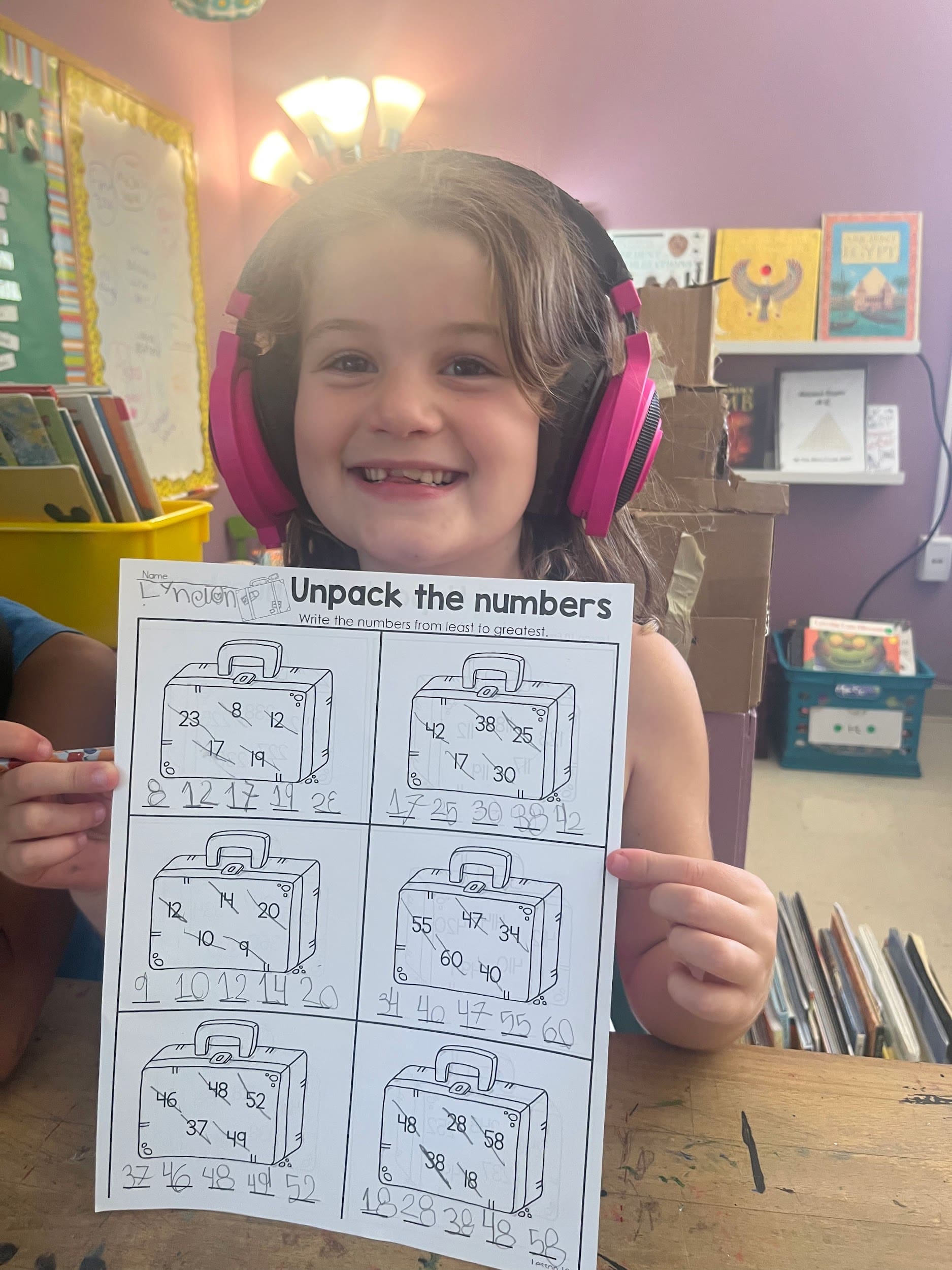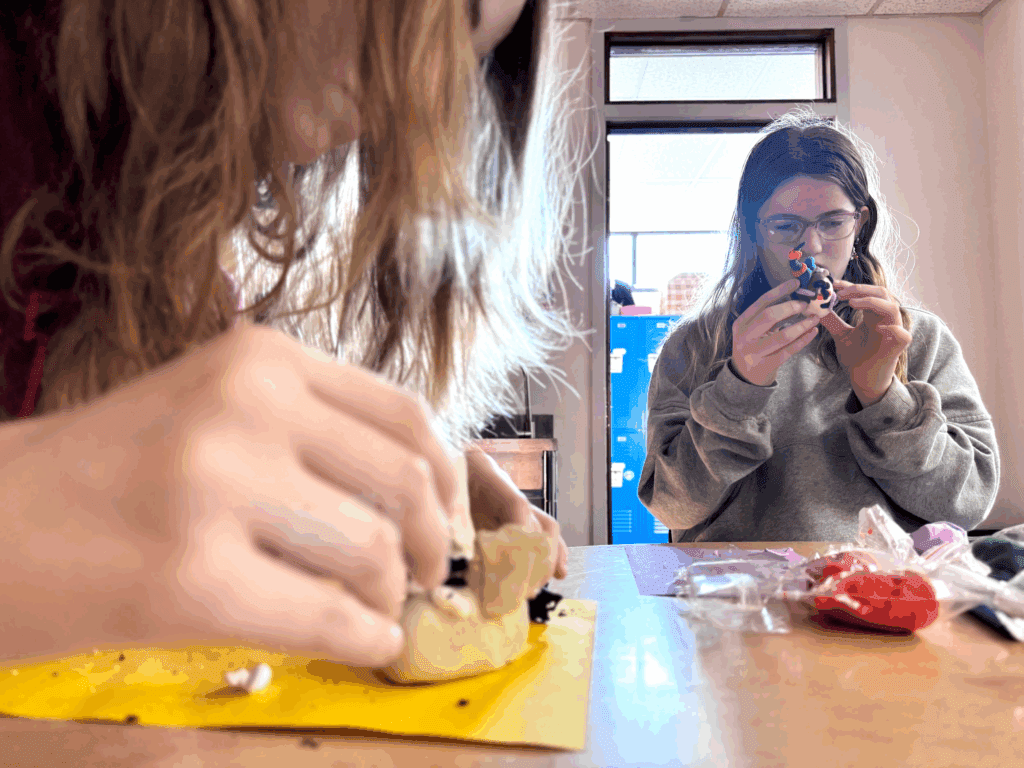The Betas were very busy this week! In math, we practiced ordering large numbers – in the hundreds! We also spent a day reviewing tally marks and tallied almost the entire classroom! Finally, at the end of the week we tackled identifying patterns in a series of numbers, using the pattern to determine a skip count rule, and using the rule to continue the series of numbers. It’s tricky stuff but the Betas did great!
In phonics this week we reviewed blends that begin with /s/ or contain /l/. We played two new games – one to boost fluency and another that let you “bump” your opponent off the board – and read a couple of short stories featuring blends. Once again, everyone did an amazing job on our Thursday dictation!! Our sight words this week were: some, more, from and here.
This week we focused on beginning our personal narrative with a strong lead. The strategies we’ve learned so far include: beginning with emotion, detailed description, or an action. We practiced writing beginnings to stories using each of these techniques. We also heard a couple examples of personal narrative read alouds: Grandpa’s Face and Shortcut.
We explored hieroglyphics and the Rosetta Stone this week. Although hieroglyphics are Egyptian, the word hieroglyphics is Greek. “Hiero” means “holy” and “glyphics” means “marks” or “writings” – so the word means “holy writings“. The Egyptians believed there was great power in a name. If someone’s name was remembered then he or she would survive in the afterlife. That’s why pharaohs’ names were written in hieroglyphics on their tombs. The Rosetta Stone is a stone with writing carved into it. French soldiers found it in Egypt in 1799. It helped people get a better understanding of the Ancient Egyptian writing system. Its discovery led to the translation of Ancient Egyptian writing. The stone is named after the city where it was found, Rosetta. Today, that city is called “Rashid”. The stone is now in the British Museum in London. It had three pieces of writing on it that said the same thing in three different languages. One was in an Ancient Egyptian script called demotic, the local language of the people in Egypt at that time. The other two languages were hieroglyphics and Ancient Greek.The historians could already read the Greek. Using this knowledge, they were able to work out how to read the Egyptian scripts.
We also created a cartouche! A cartouche is a hieroglyphic symbol that was given to the pharaohs of Ancient Egypt. This symbol was important so people would know who they were serving. The cartouche was basically like a nameplate that was shaped like an oval and it would have the name written in the middle of it. Our cartouche has our name In hieroglyphs!
We ended the week learning a bit about the ancient Egyptian class structure and explored some of the very interesting jobs they were born into. Many you would expect- like scribes, stonemasons and merchants. But we were fascinated by the fact that people were paid to be a sandal bearer (to hold the pharaoh’s sandals!) or a professional mourner- hired to cry at random people’s deaths!

| 
| 
|
|---|---|---|
| 
| 
|

|  | 
|

| 
| 
|
| 
|





